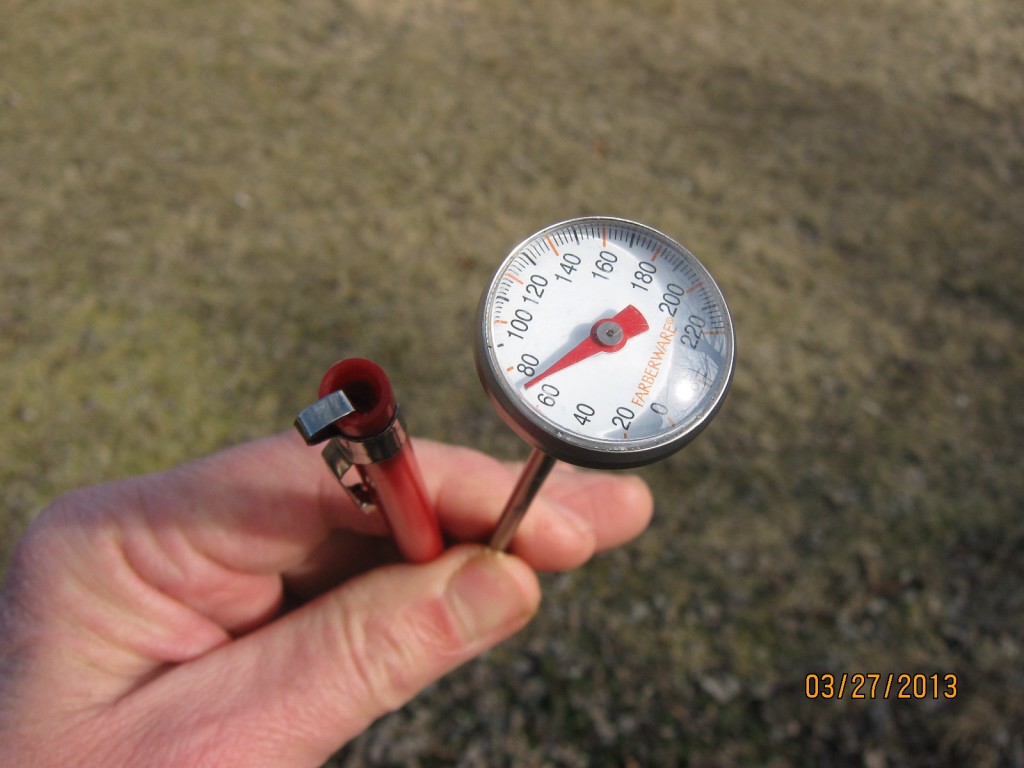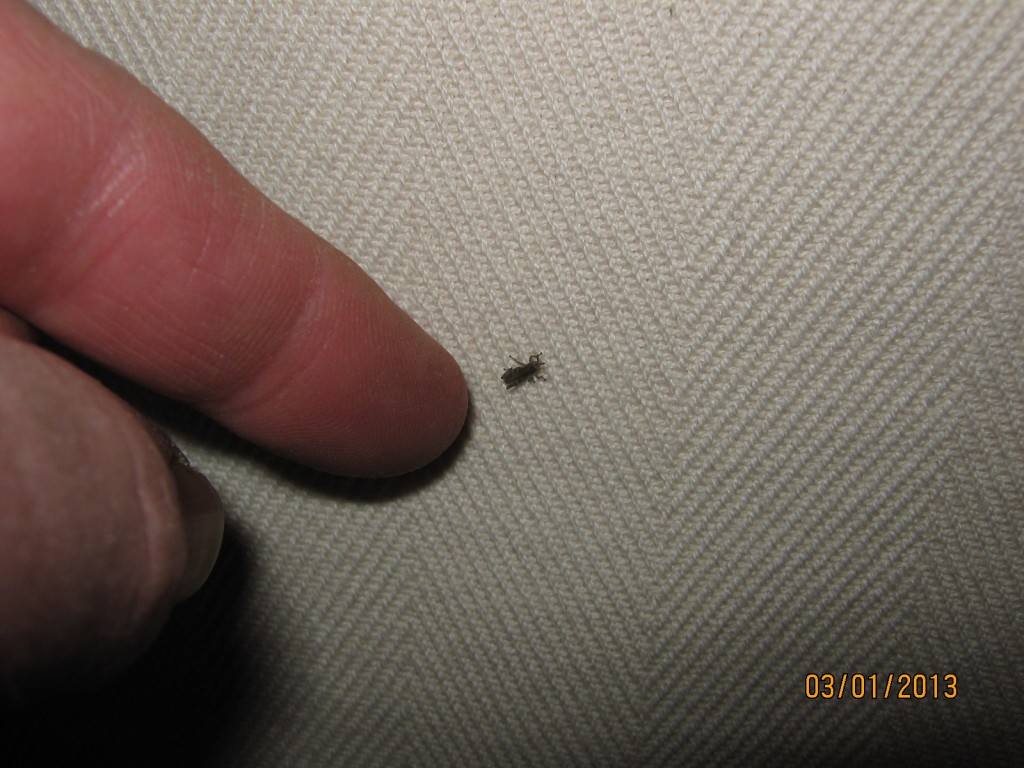“Plant your potatoes on Good Friday, ” the old farmers used to say. That usually was good advice even though the date of Good Friday changes from one year to the next. It arrives as early as March 20 and as late as April 23.
Potatoes can sprout and grow under relatively cool conditions, which is why the Good Friday advice worked so well. It looks like this is one of those years when that rule of thumb won’t work.
Now-a-days we use a more scientific method for judging when to plant, and I’m not talking about the farmer’s almanac. Agronomists learned a long time ago that plants, including potatoes, need a specific soil temperature in order to sprout and grow.
In the case of potatoes, the soil temperature in your garden needs to be at least 45 degrees F or higher. With any temperature lower that that, you risk having the seed potato rot in the ground. At best, it will take a long time for the plant to emerge from the soil and start growing. So, you really don’t gain anything by planting too early in cold soil.
It looks like cool temeperatures will be with us for awhile so, unless we get warm weather soon think about checking the soil temperature with a thermometer before doing any planting later this spring. This is true with all plants and seeds not just potatoes. For example pumpkins require soil temeratures above 60 degrees F while sweet potatoes need at least 65 degrees F.
To find soil temerature information look at the growing information on the seed packages. Many seed catalogs list this information too.
Bob

